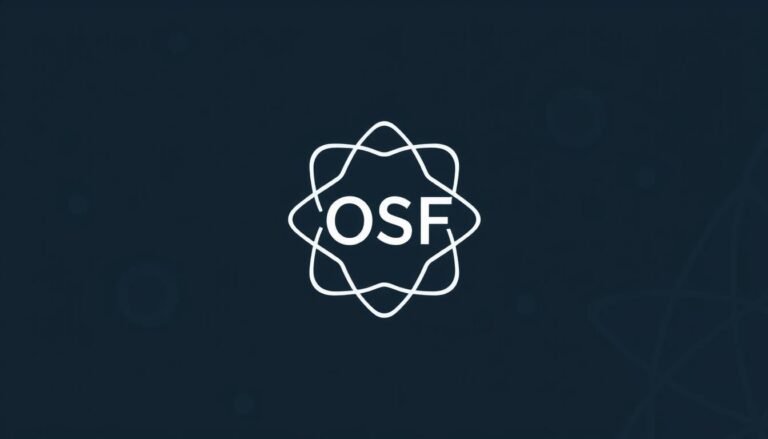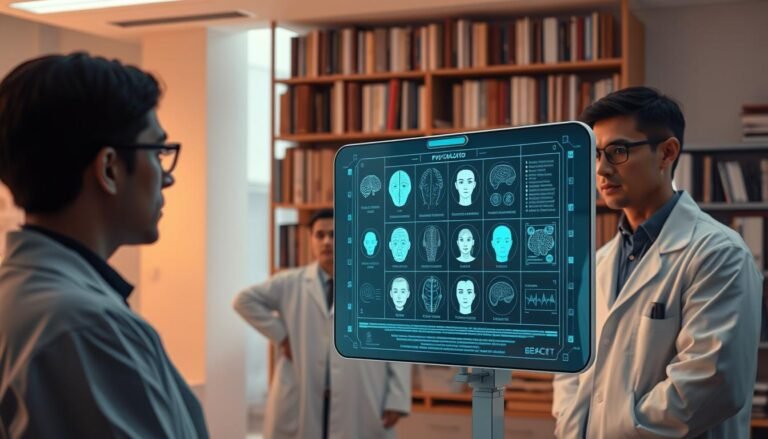
Introduction
In an era characterized by rapid technological advancements and dynamically changing markets, the landscape of risk assessment is undergoing a profound transformation. Businesses and organizations of all sizes are grappling with new challenges that necessitate innovative approaches to identifying, analyzing, and mitigating risks. As we look ahead, it’s vital to understand the pivotal trends and technologies shaping the future of risk assessment. This insight will not only empower decision-makers but also safeguard organizations against potential vulnerabilities.
This article delves deep into "The Future of Risk Assessment: Trends and Technologies You Need to Know," showcasing how data analytics, artificial intelligence, machine learning, and more are becoming game changers in the realm of risk management.
The Evolving Landscape of Risk Assessment
Understanding Risk Assessment
At its core, risk assessment is the systematic process of identifying, analyzing, and evaluating risks. Traditionally, this process relied heavily on historical data and subjective analysis. However, as the world becomes increasingly interconnected and complex, so too does the nature of risk. The Future of Risk Assessment: Trends and Technologies You Need to Know revolves around adapting methodologies to a new age of uncertainty.
The Role of Big Data
Big data analytics stands at the forefront of modern risk assessment. Organizations now have access to volumes of data that, when leveraged correctly, can provide significant insights into potential risks. By employing sophisticated analytics tools, businesses can detect patterns, forecast risks, and make proactive decisions.
Case Study: Predictive Analytics in Finance
One notable example is a hedge fund that utilized predictive analytics to assess market risks. By analyzing vast amounts of historical trading data and real-time market signals, the fund was able to enhance its trading strategy, leading to a 15% reduction in risk exposure. This case illustrates the power of big data in refining risk assessment methodologies.
Artificial Intelligence and Machine Learning
Artificial Intelligence (AI) and Machine Learning (ML) are revolutionizing risk assessment processes. These technologies enable predictive modeling and automate risk evaluation, drastically reducing human error.
Table: AI vs Human Risk Assessment
| Factor | AI Assessment | Human Assessment |
|---|---|---|
| Speed | Real-time analysis | Periodic evaluations |
| Accuracy | High, based on algorithmic data | Varies, subject to bias |
| Scalability | Easily scalable | Limited by human resources |
| Adaptability | Learns from new data | Static without retraining |
A prominent example is in the insurance industry, where AI-driven algorithms analyze claimant data to identify fraudulent activity. Insurers reducing fraud rates by over 20% through the deployment of these technologies underscore the urgency of adapting to the trends that define the future of risk assessment.
Regulatory Changes and Compliance
The Increasing Importance of Compliance
As new technologies evolve, so do regulatory frameworks. The Future of Risk Assessment: Trends and Technologies You Need to Know will encompass a heightened focus on compliance. Organizations are increasingly held accountable not just for their risk exposure but for their ethical use of data.
Case Study: GDPR in the Digital Age
The General Data Protection Regulation (GDPR) has become a crucial reference for organizations handling European citizen data. Firms implementing robust risk assessment protocols to ensure compliance with GDPR have safeguarded themselves from hefty fines while building customer trust. Companies like Apple have leveraged this opportunity to emphasize their commitment to user privacy, creating a competitive advantage.
Navigating Compliance through Technology
To avoid regulatory pitfalls, organizations are adopting integrated risk management platforms that provide real-time insights and compliance tracking. These platforms offer dashboards and reporting functionalities that simplify oversight of compliance-related risk.
Cybersecurity: A Growing Concern
The Shift in Risk Landscape
As businesses become more reliant on technology, cybersecurity has emerged as a critical area of focus in risk assessment. The Future of Risk Assessment: Trends and Technologies You Need to Know underscores the necessity for organizations to prioritize cybersecurity measures proactively.
Statistics: Cybersecurity Threats
- 43% of cyber attacks target small businesses.
- The average cost of a data breach is approximately $3.86 million.
Organizations can leverage cyber threat intelligence solutions powered by AI to anticipate potential cyber-attacks, enabling them to implement preventive measures swiftly.
Case Study: A Major Retailer’s Cybersecurity Overhaul
A major retailer faced a significant data breach that impacted millions of customers. After the incident, they invested in a comprehensive cybersecurity assessment using AI and machine learning. They reduced their vulnerability by 40% within a year by continuously monitoring threats and adjusting protocols based on real-time intelligence.
The Role of Cloud Computing in Risk Assessment
Embracing the Cloud
Cloud computing has revolutionized risk assessment by providing scalable, on-demand resources that allow organizations to analyze risk more efficiently. The Future of Risk Assessment: Trends and Technologies You Need to Know must include understanding cloud security protocols and the potential risks associated with third-party services.
Benefits of Cloud Solutions
- Scalability: Organizations can easily scale their risk assessment practices to meet needs without significant upfront investments.
- Cost-Effectiveness: Reduced infrastructure costs can lead to more thorough risk assessments.
Table: Traditional vs Cloud-Based Risk Assessment
| Aspect | Traditional Solutions | Cloud-Based Solutions |
|---|---|---|
| Infrastructure Cost | High upfront | Pay-as-you-go |
| Data Accessibility | Limited | Anywhere, anytime access |
| Collaboration | Challenging across locations | Real-time collaboration possible |
Blockchain Technology and Risk Transparency
Enhancing Trust through Blockchain
Blockchain technology is gaining traction in risk assessment as a means of ensuring data integrity and transparency. With its decentralized nature, blockchain offers organizations a tamper-proof ledger that enhances trust across business transactions.
Real-World Impacts of Blockchain
In supply chain management, companies are utilizing blockchain to verify the authenticity of products. This transparency reduces the risk of fraud and reinforces consumer trust, ultimately leading to stronger brand loyalty.
Case Study: Food Supply Chain Innovation
A leading grocery chain implemented blockchain solutions to track the provenance of its food products. By verifying each step of the supply chain, they were able to quickly mitigate risks associated with food safety recalls, reinforcing customer confidence and brand integrity.
The Future of Risk Culture
Building a Risk-Aware Organization
As organizations adapt to the changing risk landscape, cultivating a strong risk culture becomes essential. This involves fostering an environment where every employee understands their role in managing risks, leading to proactive identification and mitigation.
Implementing Risk Training Programs
Investing in risk training programs empowers employees to recognize and report potential risks. Organizations should consider developing tailored training sessions that reflect current trends and technologies relevant to their specific industry.
Conclusion
The Future of Risk Assessment: Trends and Technologies You Need to Know is an ever-evolving narrative that demands organizations to adapt swiftly to these changes. From embracing AI and big data to monitoring cybersecurity threats and ensuring regulatory compliance, stakeholders must invest in innovative tools and strategies.
By understanding these key trends and harnessing transformative technologies, organizations can effectively navigate the complexities of risk in today’s digital era, ultimately safeguarding their future.
FAQs
1. What is risk assessment?
Risk assessment is the systematic process of identifying, analyzing, and evaluating risks to understand their potential impact on an organization.
2. Why is big data important in risk assessment?
Big data allows organizations to analyze massive datasets for patterns and insights, helping to predict potential risks and make informed decisions.
3. How does AI enhance risk assessment?
AI can automate risk evaluation processes, improve accuracy, and provide real-time analytics, reducing the human error factor.
4. What role does compliance play in risk assessment?
Regulatory compliance ensures organizations adhere to laws and standards, reducing legal risks and enhancing customer trust.
5. How can organizations cultivate a risk-aware culture?
Organizations can foster a risk-aware culture through training, transparent communication, and by empowering employees to participate in risk management practices.
By exploring and embracing these insights into the future of risk assessment, organizations not only equip themselves for the challenges ahead but also establish a resilient framework that supports sustainable growth and innovation.

















